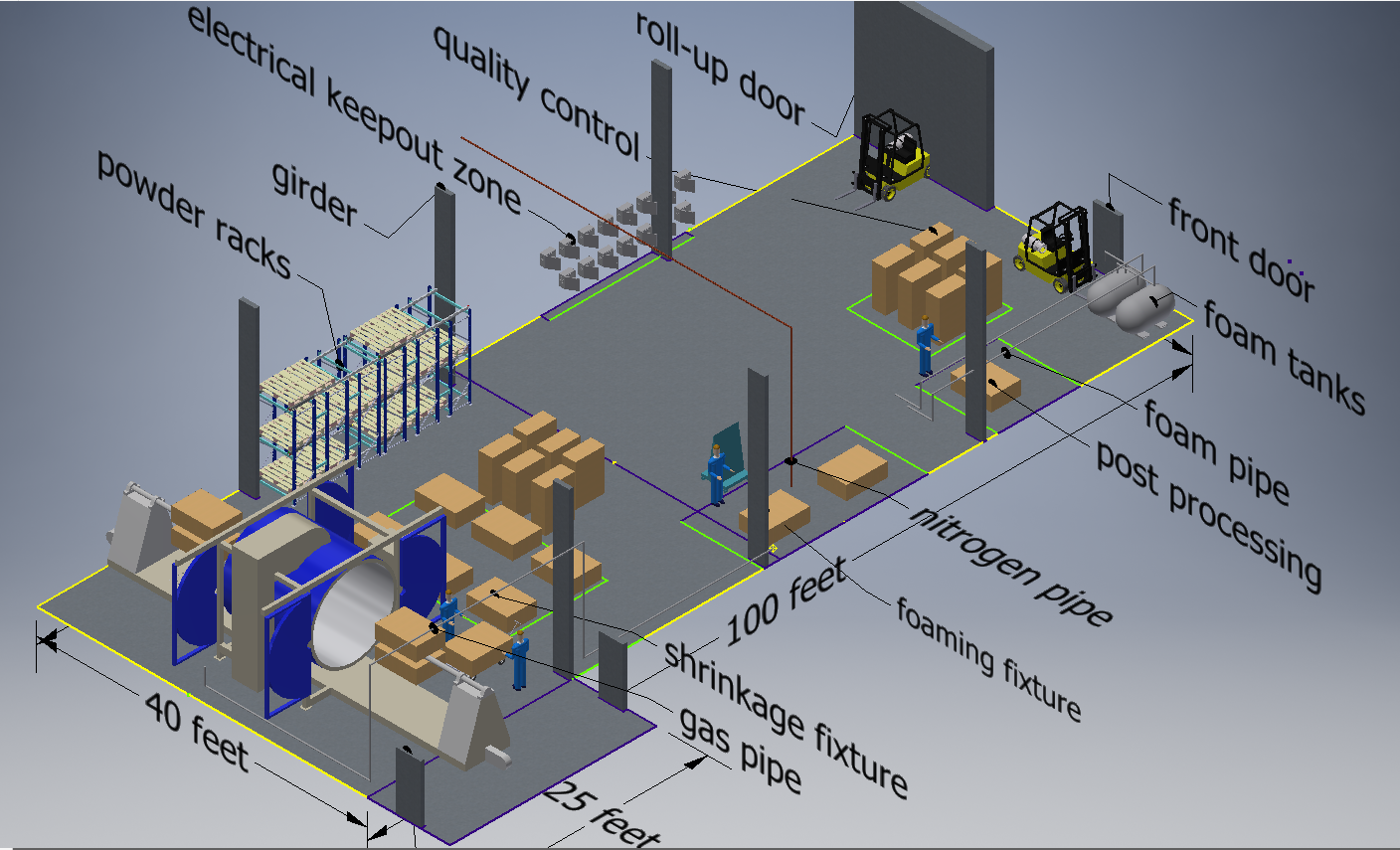New Production Line Project Management
I distinctly remember how nervous I was before that meeting, but once I got into my element, it felt natural. I defended my layout against others who, apparently, were planning to make a layout completely differently. It was a critical point in my life because it was the first time I have had the opportunity to argue with industry veterans and executives who disagreed with me about the best way to spend hundreds of thousands of dollars. From then on, I became the unofficial Project Manager for that new production line. I was soon faced with countless problems I had no experience solving before, but I’ve since realized those are really the best kind of problems because failure isn’t expected, it is imminent. When you know that failure, at least the first time is imminent, all of a sudden the fear of it vanishes and you are left with the uniquely energizing feeling of exploring the unknown for the first time. I love that feeling.
Over the next few months, I redesigned the layout many times--even as we broke ground on a small construction project to expand that warehouse into a nearby one. This, of course, is because the machine itself didn’t actually fit inside the warehouse with the orientation I wanted--hence the point of contention during that very first meeting I mentioned--so an expansion project was necessary. I designed the small extension based on prior construction experience, but the challenge here was spanning the roof load across a 25 foot opening in the side of the warehouse to allow for the machine to pass inside of it, so I designed and performed analysis on a custom steel structure to support it. The next big problem to tackle was the overhead steel framework of I-beams that I painstakingly designed over and over again to find the perfect beam orientation that balanced material cost and feasibility of construction. I primarily used finite element analysis to analyze the framework with multiple load conditions. Seeing as there was pretty large liability risk if I undersized the beams, my work on this was checked and approved by an outside structural engineer. The purpose of the beams was to support hoppers full of plastic powder and hoists directly above each mold. The next phase of the project was making it all happen. We needed more manpower, so we hired an external crew to hang the beams while I oversaw and directed the process. Even with the expansion, the machine fit inside the building with a margin of error of a couple inches. This means that the steel framework also had to be placed in the correct position within an inch in either direction. I spent many sleepless nights second guessing every minute detail trying to spot an oversight before it turned into an expensive mistake. With the most stressful construction projects successfully complete, the next step was to build the machine that arrived in pieces in shipping containers; I learned that adults don’t get tired of legos, they just step up to much bigger and more expensive ones. Nothing in my life was more stressful than the day we finished building that machine and cycled the carts back and forth on their tracks to see if it collided with anything. No matter how many times I measured or how accurate the CAD was, that was a heart-pounding moment. Fortunately, everything worked out and the greatest responsibility of my life had been successfully handled. Now, during all that stress, I was also managing a few other projects such as the Mold Lift Machine and the Motorized Rollout Platform. I’ll leave those to their own pages.